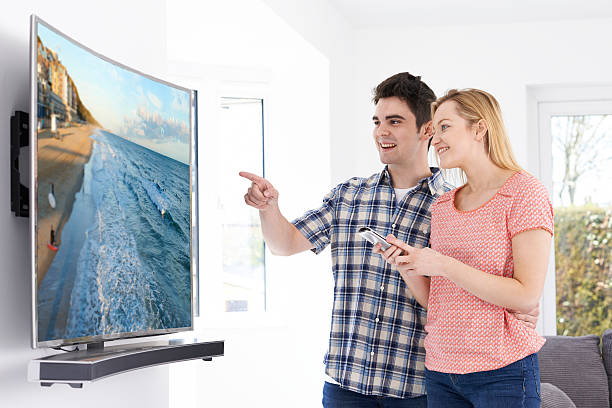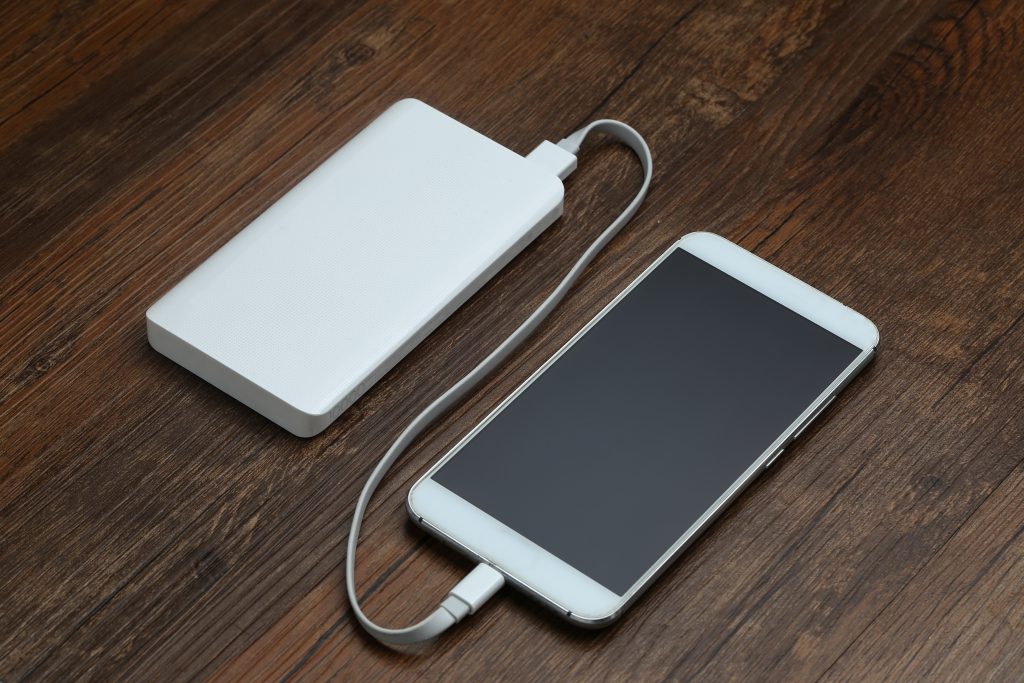You would be hard pressed to find a TV that isn’t smart, just as flip phones have largely been replaced by smartphones. If you’re not familiar, smart TVs give you quick access to dozens of streaming apps, allowing you to watch your preferred TV episodes and movies whenever you want, whether they’re on Netflix, Amazon Prime, Disney+, Hulu, or any other platform. The majority let you cast material from your smartphone directly to a large screen, and some even come with games and music streaming apps.
You can relax knowing that our recommendations provide the highest visual and audio quality and include all the ports your home entertainment system and video gaming consoles may ever need.
What to consider:
- Screen size
- Resolution
- Refresh rate
- HDR
- Panel type
- Operating System
- HDMI Port.
Screen Size
The size of the screen will probably be the main deciding factor when you choose a smart TV. The diagonal length of a screen is measured from corner to corner. Most people would concur that bigger is preferable because a bigger screen makes a TV more immersive. A large TV won’t help you much, though, if you don’t have enough space for it. The ideal viewing position for larger screens is further away. For a 55-inch TV, the optimum viewing distance is 3.3 feet, or 1.5 times the screen height. For a 65-inch TV, this amounts to being 3.9 feet away, whereas a 75-inch TV requires 4.6 feet.
Resolution
This is a reference to the quantity of pixels that make up the image on your TV. Typically, 32-inch or smaller TVs feature a 720p resolution. Many reasonably priced televisions come with a 1080p resolution (1,920 x 1,080 pixels), but we advise getting a TV with a 4K or Ultra HD resolution instead. In comparison to 1080p HDTVs, 4K TVs feature four times as many pixels (3,840 by 2,160). Pictures have significantly more fine detail. It’s important to note that while some manufacturers do sell 8K TVs, there isn’t much 8K content accessible right now, and 8K TVs can cost anywhere from $2,000 to $8,000.
Refresh Rate
This amount is given in Hertz (Hz). It reveals how frequently a new frame can be displayed on the screen each second. On 60 Hz TVs, the image is refreshed 60 times each second. For live sports and video games, a greater refresh rate results in more fluid movement. We advise looking for TVs with refresh rates of 120 Hz.
HDR
High dynamic range is a term used to describe how much more vibrant compatible content seems compared to non-HDR footage. Dolby Vision, HDR10, and HLG are the three HDR content standards that are available. The top TVs can accommodate all three.
Panel Type
Currently, you can choose from an organic, light-emitting diode display (OLED), liquid crystal display (LCD), a quantum dot LED TV (QLED), or a MicroLED panel, just like in the past when you had to choice between an LCD or plasma display. It’s important to note that OLED TVs are more prone to reflections in bright environments because they can’t become as bright as LCD, LED, or QLED TVs. However, because they rely on a backlight, these other panel types can’t achieve the same black levels as OLED TVs can. Samsung’s development of a novel screen technology, known as QD-OLED, which combines OLED screens with quantum dots, has further added to the confusion.
The general idea is that you should get a QLED TV if you intend to use a TV in a bright room, an OLED TV if you want the highest image quality, and a QD-OLED TV if you need a TV for a very dark room.
Operating System
Smart TVs run a variety of operating systems, just like choosing between Android (Google) or iOS (Apple) when purchasing a smartphone. Google TV is the operating system used by Sony TVs, Samsung TVs run Tizen, LG uses webOS, and TCL and Hisense utilize either Roku TV or Google TV. TVs from Toshiba and Insignia also run the Amazon Fire TV OS. Since they are more user-friendly and less ad-filled than other operating systems, we like Google TV and Roku TV. Of course, you could always purchase a streaming gadget and use the platform of your choice on it.
HDMI Ports
We advise looking for a TV with four HDMI ports, though three would do. You’ll plug external devices like gaming consoles, streaming boxes, and Blu-ray players into HDMI ports. You should look for a TV with HDMI 2.1 connections if you enjoy playing video games or are an audiophile. Because HDMI 2.1 has additional bandwidth, it can enable audio at higher resolutions and frame rates.
If you’re prepared to upgrade to a smart TV, we’ve identified the top choices for every price range.
Top best Smart Tvs:
- Sony X90J 50 Inch Smart TV
- QLED Series 75-inch Android 4K Smart TV
- Fire TV Omni Series
- 32S335 32-inch 3-Series Roku Smart TV
- C1 Series Smart OLED Smart TV


